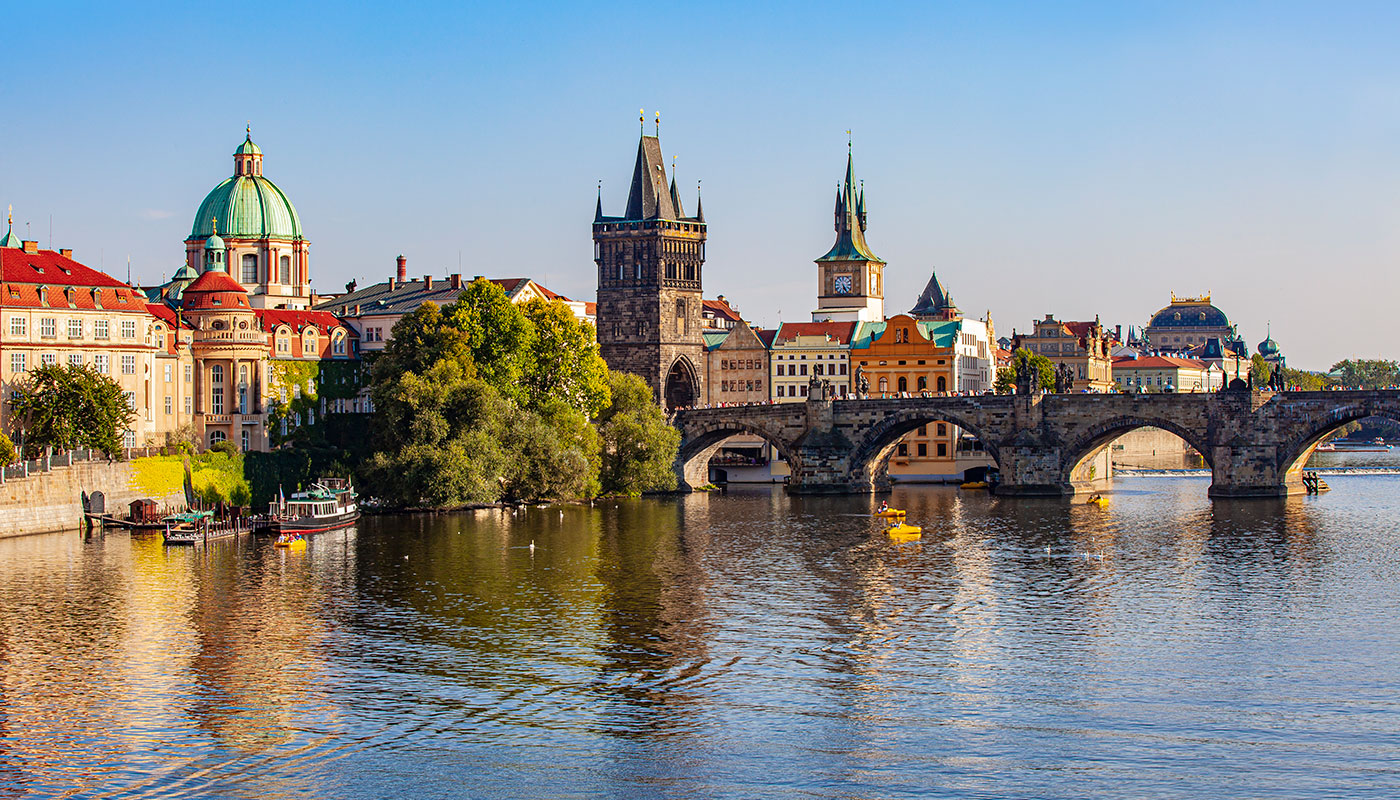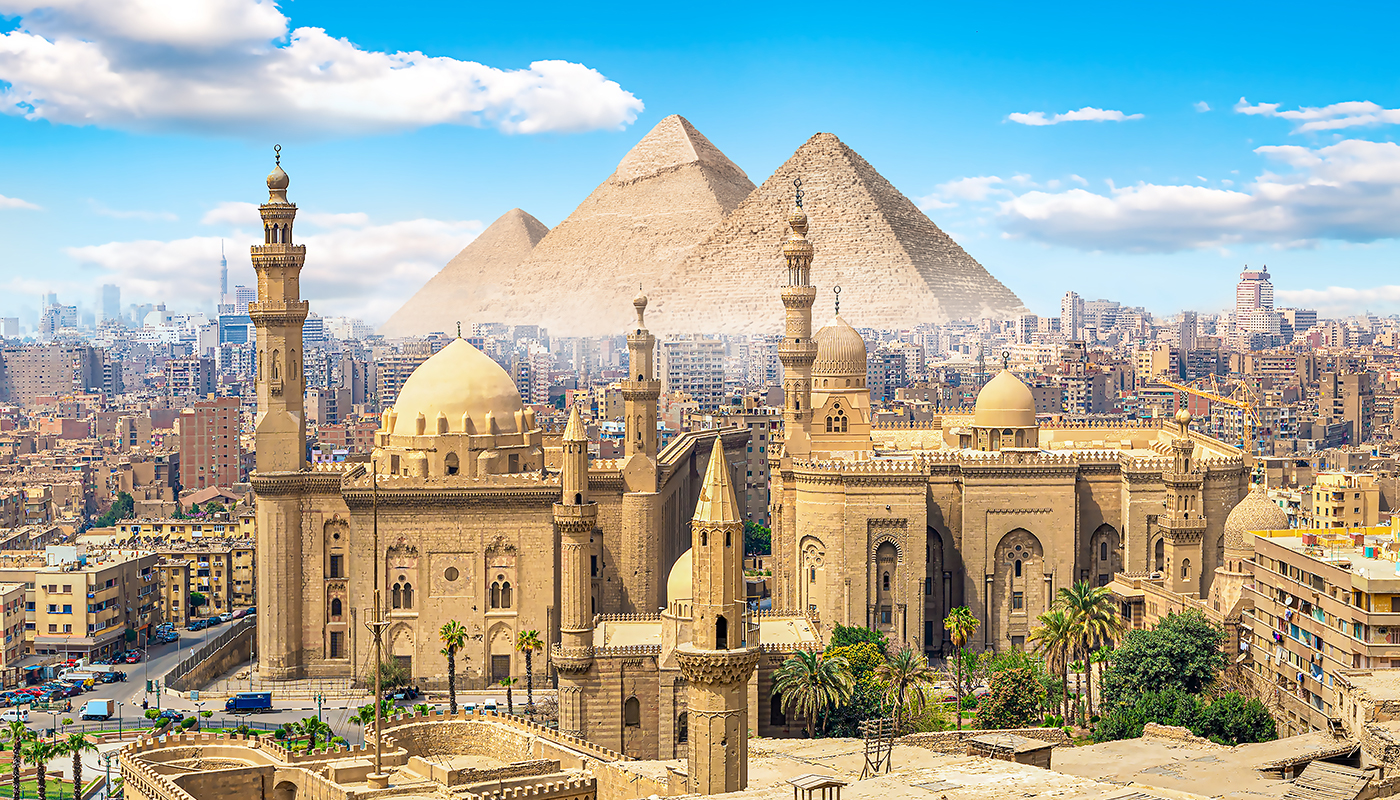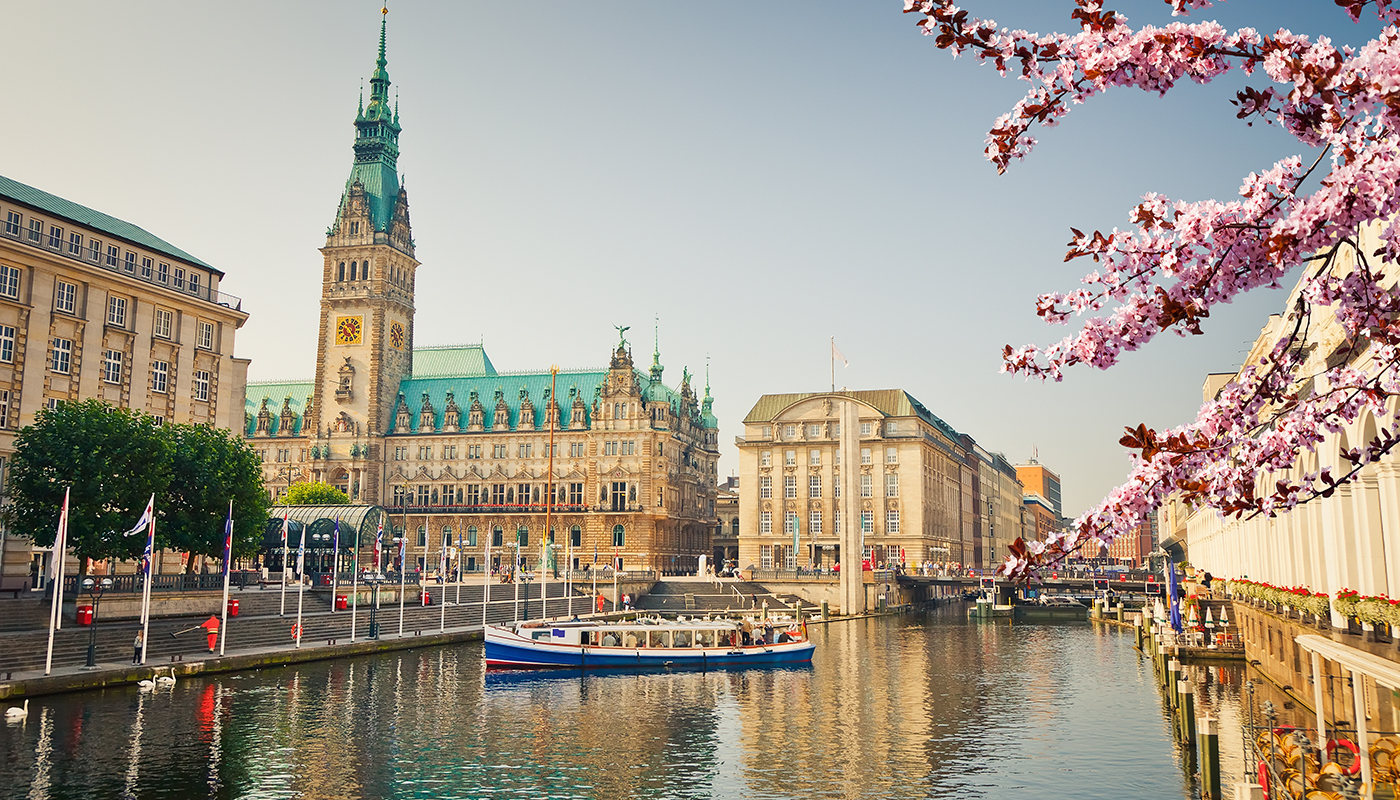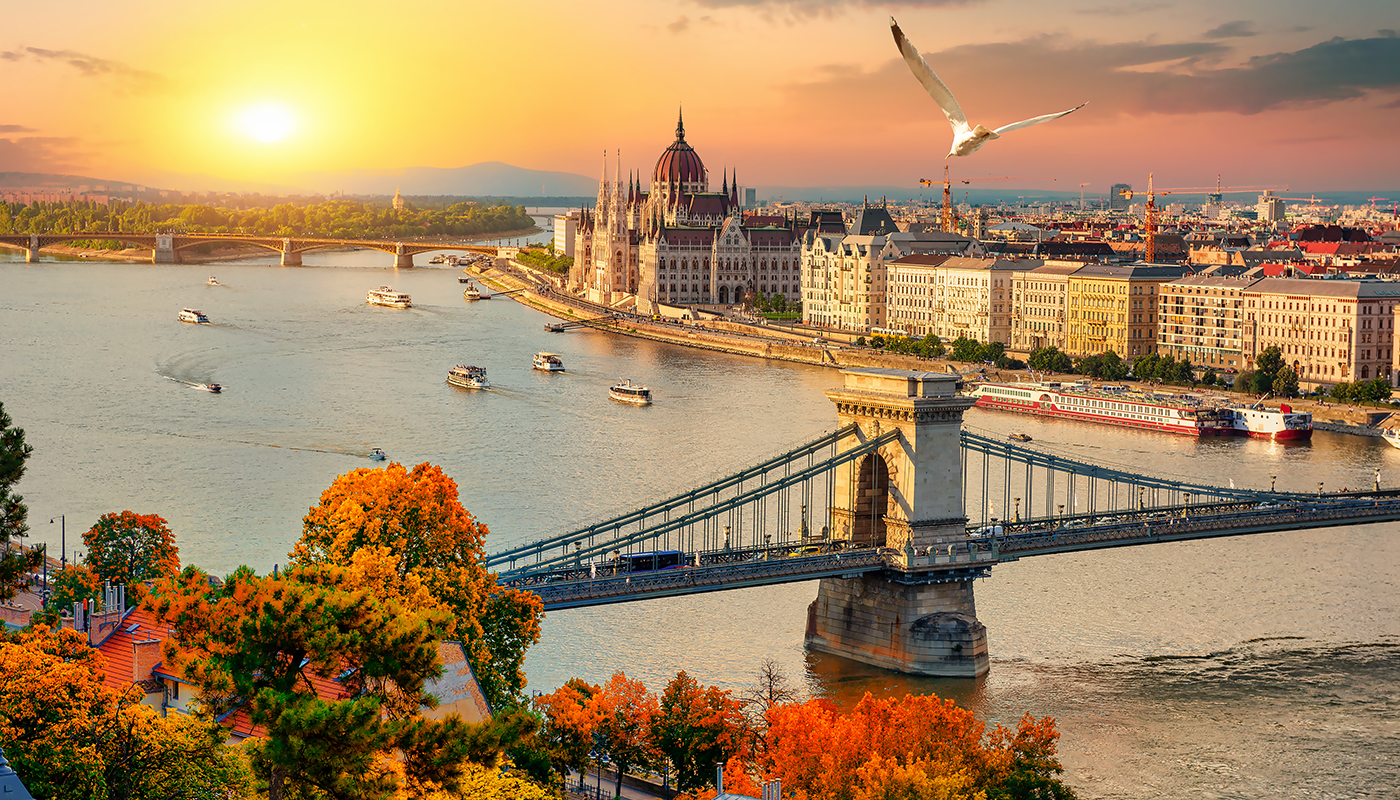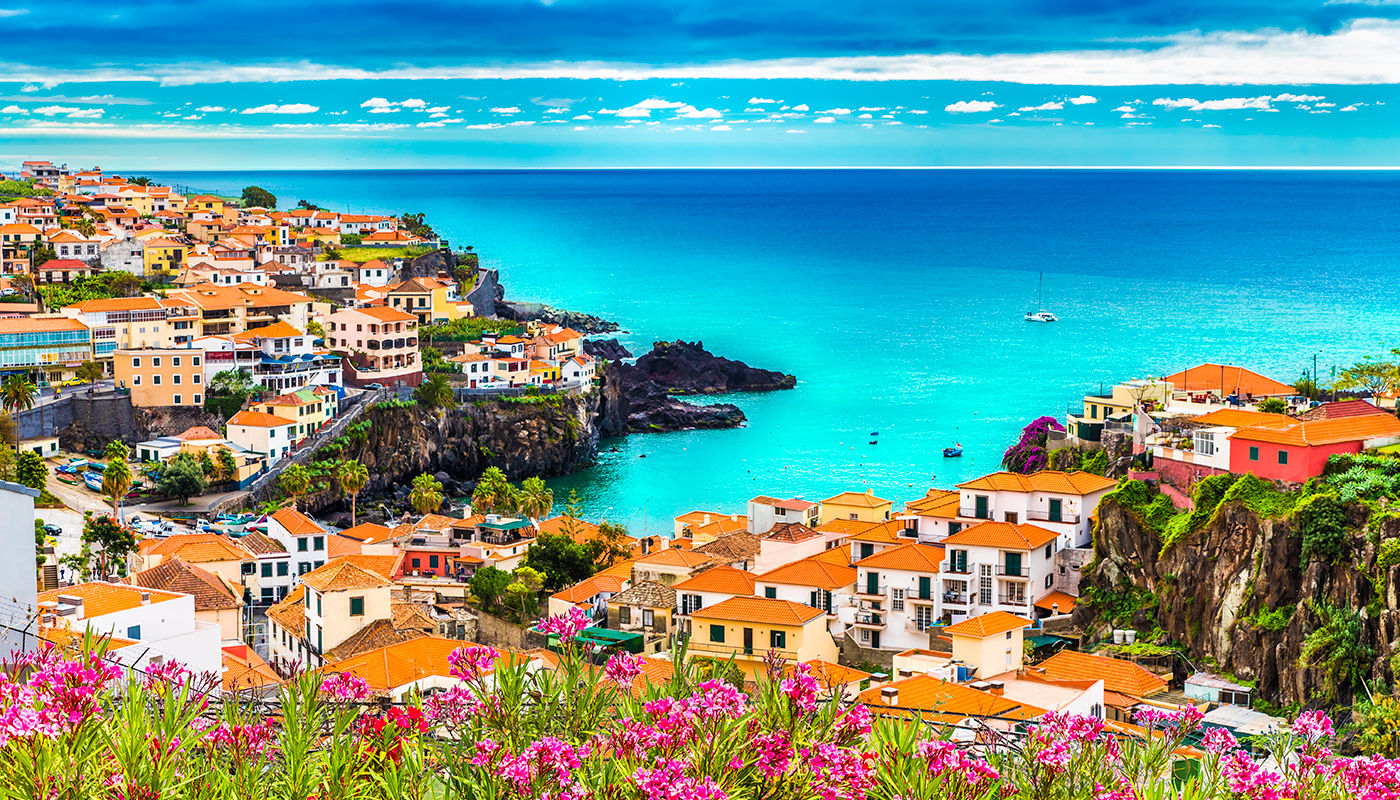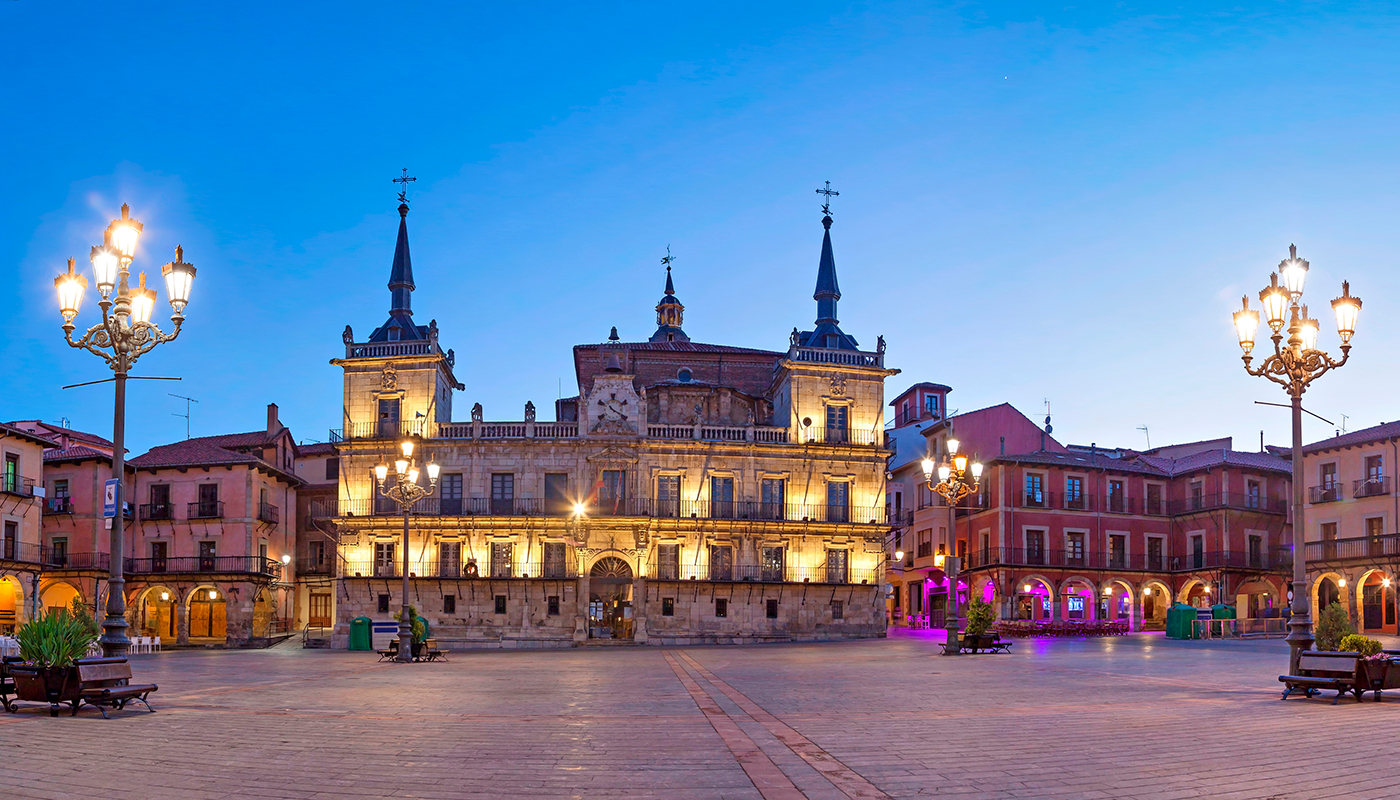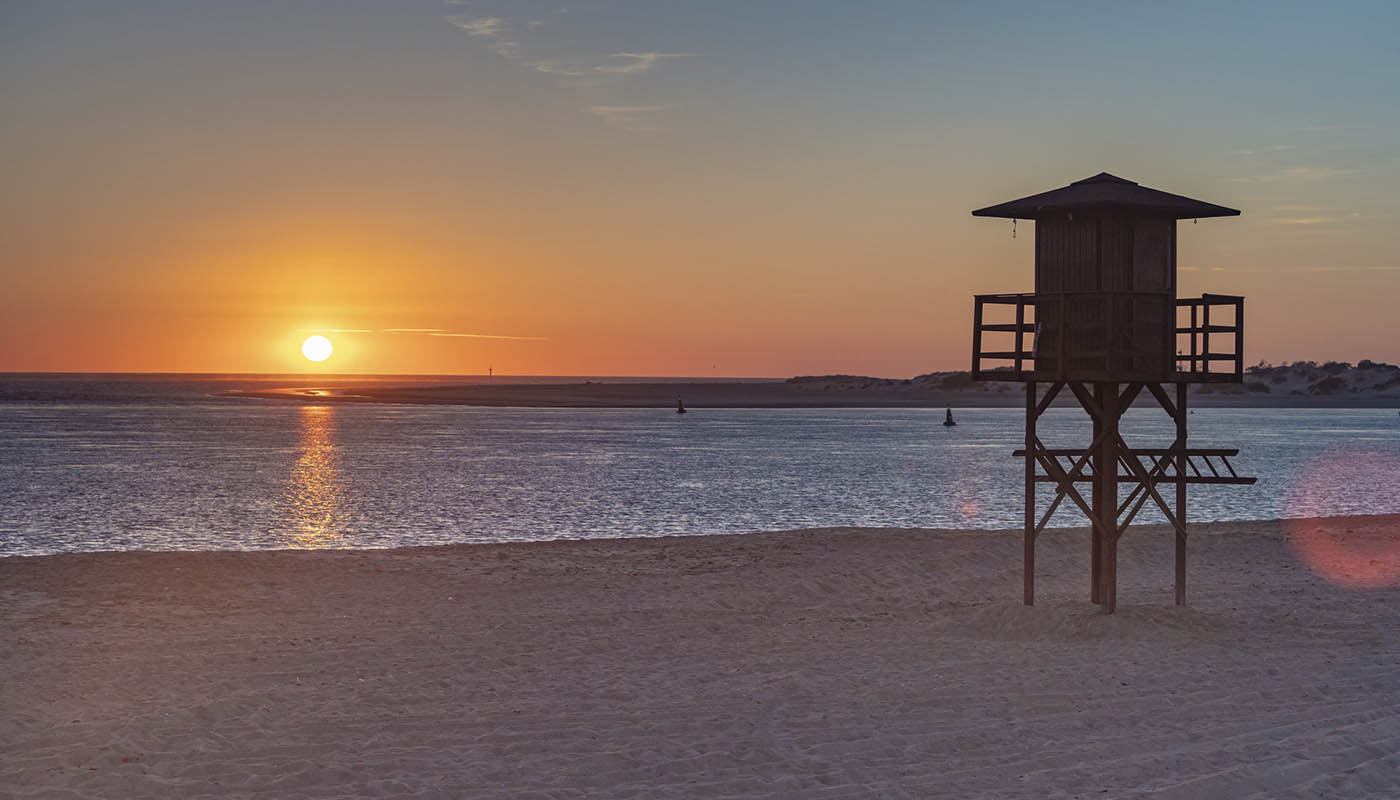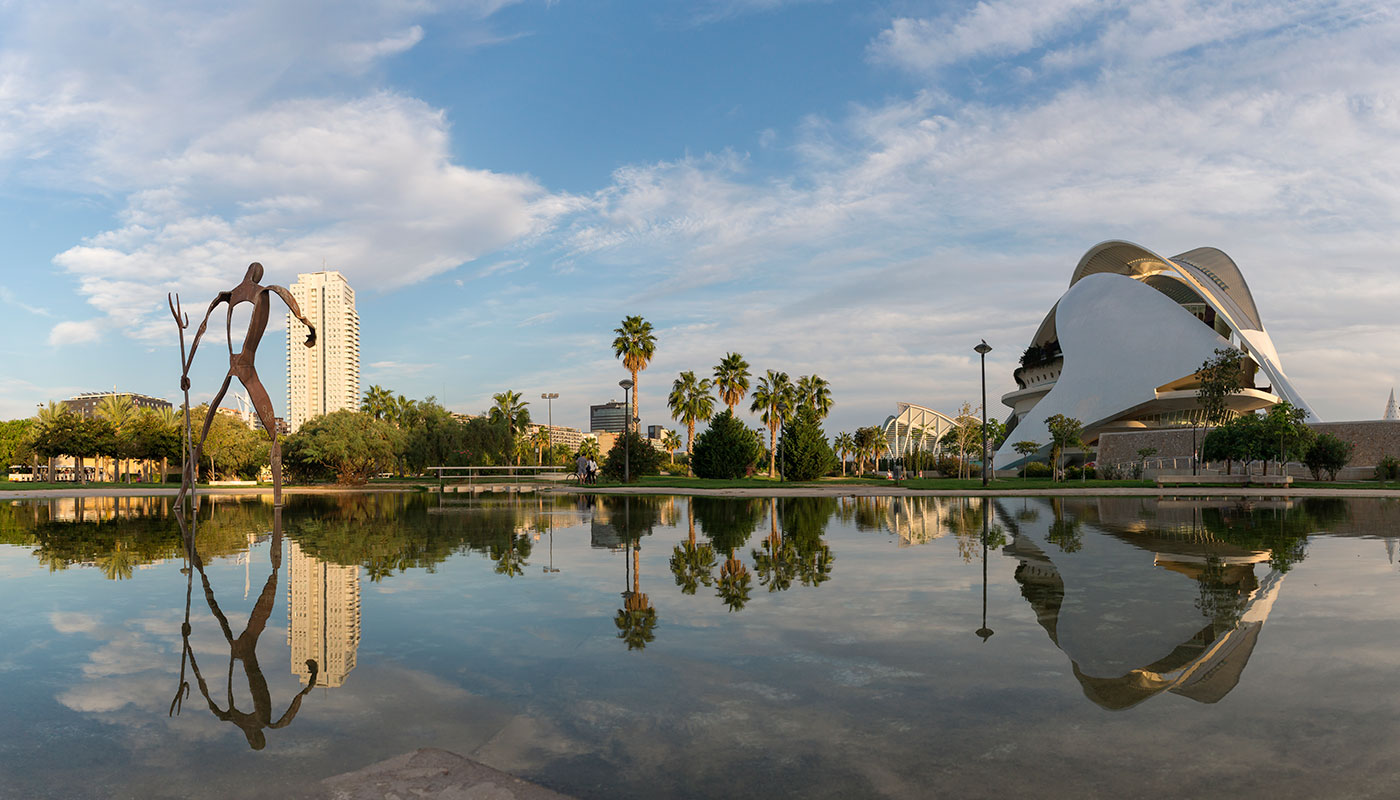In the heart of Dresden, the Old Masters Picture Gallery (Gemäldegalerie Alte Meister) is one of the most important art museums in Europe. Containing an exquisite collection of paintings ranging from the Renaissance to the Baroque, the museum allows visitors to explore masterpieces by artists such as Raphael, Titian, Rembrandt and Vermeer. Housed in the magnificent Zwinger, a Baroque palace that is an architectural gem in its own right, the gallery invites visitors on a tour that is as much an art history lesson as it is a visual delight. With its spacious rooms filled with natural light and a carefully designed layout that highlights each work, the Old Masters Picture Gallery has become one of Dresden’s must-see attractions for art and history lovers.
History of the gallery: from the royal collection to Dresden’s cultural gem
The Old Masters Picture Gallery has its roots in the eighteenth century, when Augustus II of Poland, also known as Augustus the Strong, began assembling an impressive art collection to decorate his court in Dresden. Inspired by the great collections of Europe and eager to elevate Saxony’s reputation, Augustus and his son, Augustus III, invested in the acquisition of works by European masters. It was during the reign of Augustus III that the collection achieved renowned status, especially with the acquisition of Raphael’s famous Sistine Madonna in 1754. This emblematic painting not only consolidated the gallery’s reputation, but also attracted the attention of collectors and artists from all over Europe.
Originally, the works of art were exhibited in various palaces in the city. However, in 1855, the collection was moved to the building designed by the architect Gottfried Semper in the Zwinger, a structure built specifically to house the gallery and known today as the Semperbau. The building, with its neo-Renaissance façade and spacious interior design, was a landmark in the history of museums, providing a perfect setting for contemplating art in a space worthy of the collection it housed. During World War II, the gallery was badly damaged and many of its works were evacuated to protect them. After the war, several pieces were taken to the Soviet Union although most were returned in the 1950s and the gallery was restored to its former glory.
Collection and notable works: a pictorial journey through the masters of the Renaissance and the Baroque
The Old Masters Picture Gallery houses a collection of over 700 paintings by some of the greatest names in European art. Its most iconic work is undoubtedly Raphael’s Sistine Madonna, a painting that has captivated generations due to its celestial composition and the emotion seen in its subjects. The painting, with the famous cherubs at the bottom, is one of the most recognisable works in the history of art and is considered a representation of the Renaissance ideal.
Another highlight is Jan Vermeer’s Girl Reading a Letter, an intimate painting that captures the artist’s ability to portray light and texture with unique precision. The gallery also contains Giorgione’s Sleeping Venus, a representative piece of the Venetian Renaissance that demonstrates the sensuality and delicacy of his technique. Alongside these works, the collection includes pieces by other renowned masters such as Rembrandt, Canaletto, and Rubens, who represent both the splendour and stylistic diversity of European art between the fifteenth and eighteenth centuries.
The gallery is divided into different sections that allow visitors to appreciate the development of art in different schools and periods. The rooms dedicated to Italian Renaissance art show the evolution of perspective and the treatment of light, while the seventeenth-century Dutch and Flemish painting sections offer examples of the mastery of realism and the capture of natural and everyday scenes. The carefully curated arrangement provides insight into the influence and dialogue between different European artistic styles and movements.
Planning your visit: prices, opening hours and tips for enjoying the gallery
To fully enjoy the Old Masters Picture Gallery, it is advisable to set aside two or three hours, especially if you want to take a closer look at its most outstanding works. Admission, which also gives access to the Porcelain Collection and the Mathematics and Physics Museum of Zwinger Palace, costs 14 euros, although children and under-17s are free. The gallery is located inside the Zwinger, in Dresden city centre, and is accessible from various parts of the city. The museum is usually open daily from 10 am to 6 pm, except for Mondays, when it is closed. It is advisable to purchase tickets in advance, especially during peak tourist seasons, to avoid long queues.
The gallery also offers guided tours, both in German and English, which can be of great help to those who wish to learn more about the historical and artistic context of the works. The tours allow visitors to discover details and anecdotes about the paintings and their creators, as well as to understand the importance of the collection in the context of European art. Another interesting option is the audio guide service, which is available in several languages and allows visitors to tour the rooms at their own pace.








